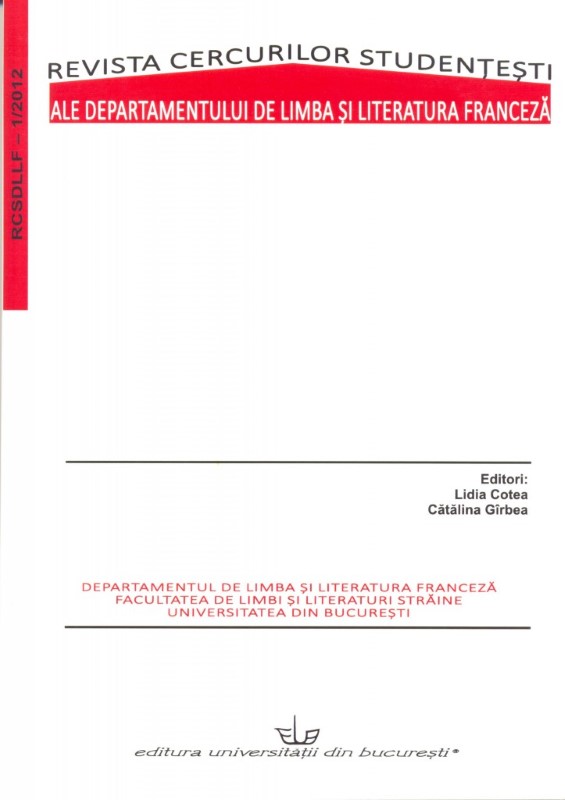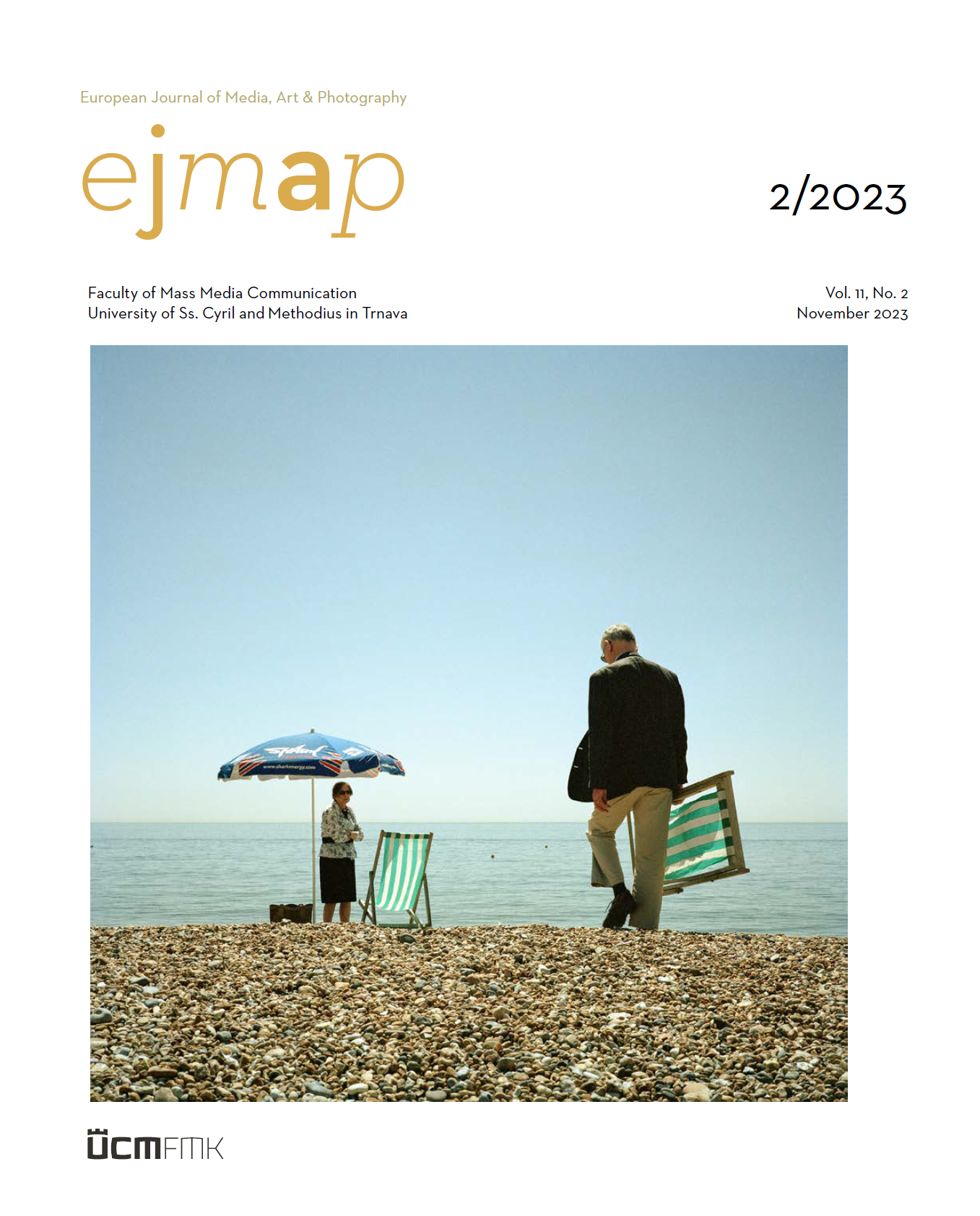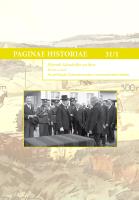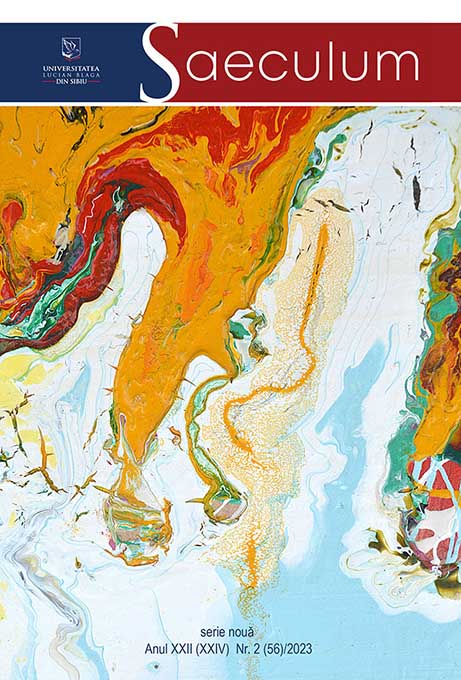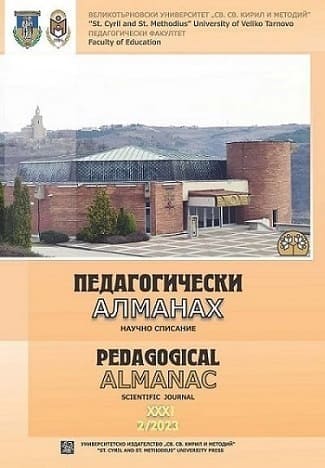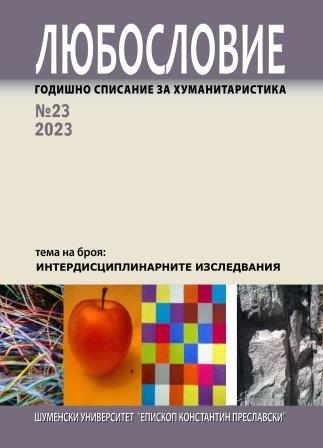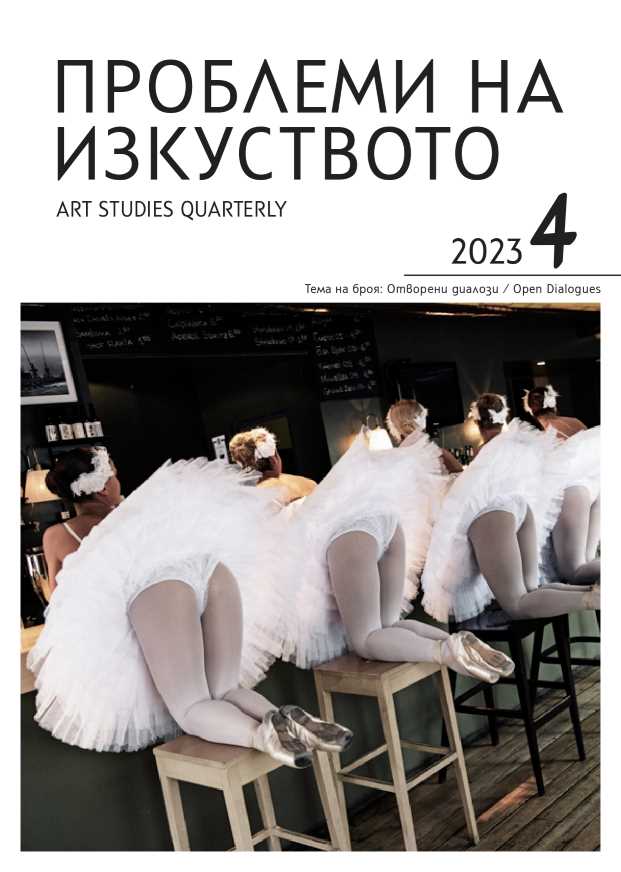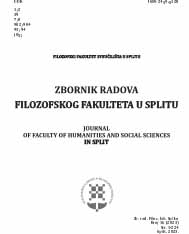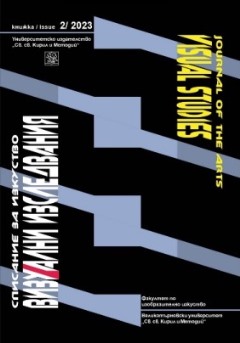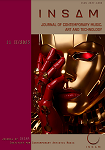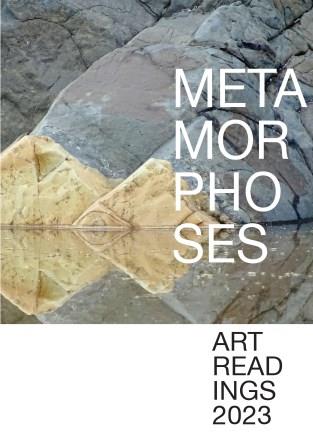Uniunea Artiştilor Plastici în perioada 1954-1963. Între „aparat de stat” şi „dispozitiv”
This article is a case study of the Romanian Artists’ Union during the Thaw as an institution potentially capable of renewal by creatively applying the rules imposed in the totalitarian communist State. The methodology used is that of archival research through the use of the concepts of Repressive State Apparatus, Ideological State Apparatus (Althusser), dispositif (Foucault), and habitus (Bourdieu). The text shows that from 1953 until 1957, in the context of similar changes in the Soviet Union, the Union of Romanian Fine Artists underwent a gradual transformation, which culminated with the change of the Management Board and a professionalization on specific criteria of the structure. The characteristics of the modern foucauldian dispositif, that the Union acquired in the period of the Thaw, remained valid in the next period, of reideologisation (1958-1963). The conclusions are that even in conditions of totalitarianism, subjects and structures can introduce creative elements into the process of reproduction of a given order, by modifying this order.
More...
